When it comes to car ownership, one of the most significant concerns, especially in areas with harsh weather conditions, is rust. Rust doesn’t just affect a car’s appearance—it can compromise its structural integrity, leading to expensive repairs and diminished resale value.
Cars that are rust-resistant are a valuable asset to any owner, especially in regions with salt-heavy roads during winter or humid coastal areas. On the other hand, some cars are prone to rusting faster than others, leading to frustrations and potentially unsafe driving conditions.
In this article, we will explore 5 cars that stay rust-free due to their superior engineering, materials, and design, ensuring they remain in top shape for years. These cars have been recognized for their resistance to corrosion and are often recommended for owners looking to avoid rust issues.
Conversely, we will also highlight 5 cars that corrode fast, focusing on those with weak protective coatings, problematic materials, or designs that leave them vulnerable to rust.
Whether it’s poor sealing or subpar construction, these vehicles can show rust much earlier than expected, creating potential maintenance headaches.
Also Read: 5 Cars You Can Keep for 15+ Years and 5 That Break Within 5 Years
5 Cars That Stay Rust-Free
Rust is a common yet frustrating issue for car owners, especially in areas where roads are treated with salt in the winter or near coastal regions where the humidity is high.
While many car owners may have dealt with the inevitable sight of rust spots appearing on their vehicles over time, certain cars are specifically built to resist corrosion and maintain their integrity for years.
Rust doesn’t just affect a car’s appearance—it can lead to serious structural damage and expensive repairs if not managed properly.
The ability of a car to resist rust depends largely on the materials used in its construction, as well as the anti-corrosion measures employed during manufacturing.
Automakers who prioritize rust resistance ensure that their vehicles are made from high-quality, galvanized steel, use rust-resistant coatings, and implement specific manufacturing processes designed to minimize exposure to moisture and other corrosive elements.
In this article, we’ll dive into 5 cars that stay rust-free, showcasing vehicles that have been engineered to withstand tough weather conditions, road salt, and humidity.
These vehicles stand out in the automotive world not only for their reliability and performance but also for their exceptional durability against the ravages of rust.
Whether you’re dealing with harsh winters, coastal salt exposure, or simply want a car that will last without the fear of rust eating away at it, these vehicles are among the best options.
By choosing one of these rust-resistant cars, you ensure a longer lifespan for your vehicle and avoid the frustration of premature rust damage.
1. Toyota Corolla
The Toyota Corolla is known for its reliability, fuel efficiency, and longevity, but it also excels in resisting rust. This compact sedan’s high-quality materials and meticulous construction make it one of the most rust-resistant vehicles on the market.
Toyota uses galvanized steel and special coatings to prevent moisture from causing corrosion, and the Corolla’s underbody is often treated with protective coatings to further extend its rust-free lifespan.
The Corolla is designed to handle a variety of environmental conditions, from hot, humid climates to freezing winters with salted roads. It has a reputation for staying rust-free even in areas where other vehicles might start showing signs of corrosion.
Owners who live in coastal areas or regions with harsh winters often praise the Corolla for its durability in resisting rust damage over time.
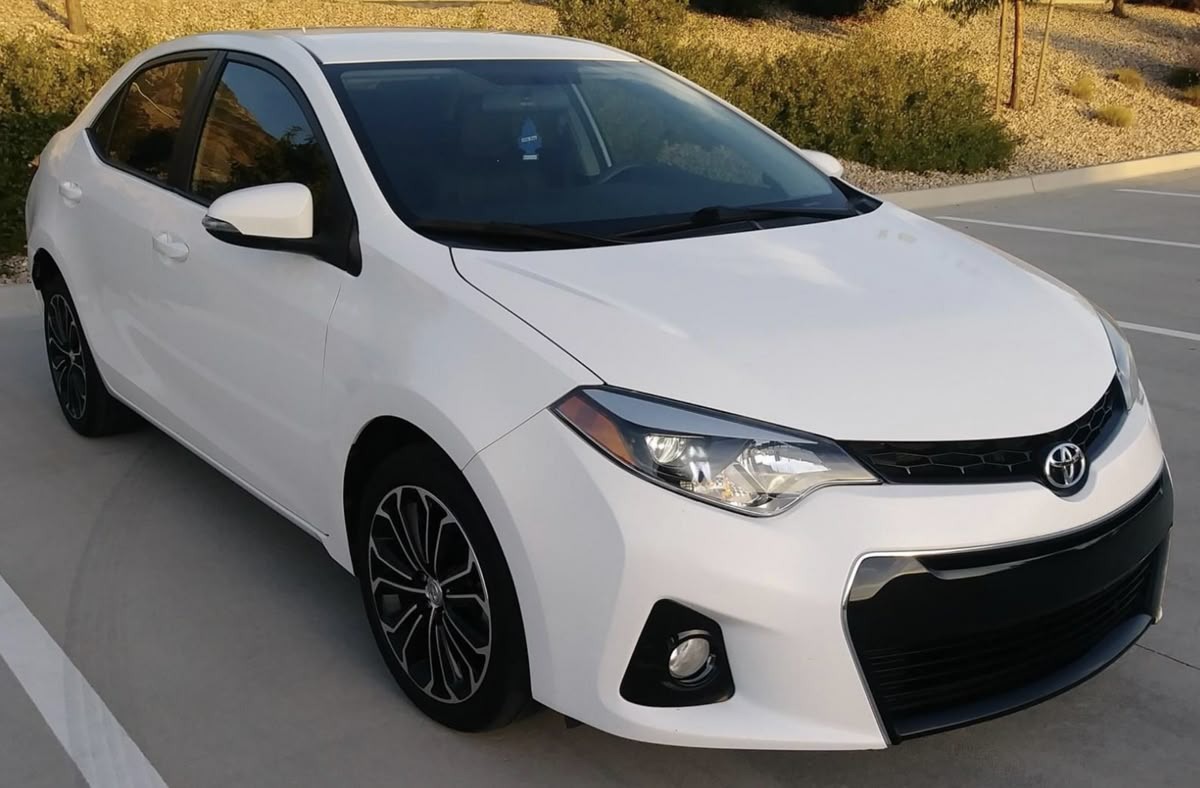
Another important factor is Toyota’s consistent focus on quality control. Each Corolla undergoes rigorous testing, ensuring that rust-resistant components are used across all models.
This attention to detail has led the Corolla to become a long-term favorite for drivers who want a low-maintenance, reliable vehicle.
In short, the Toyota Corolla offers excellent rust resistance alongside dependable performance and efficiency. It’s a perfect choice for anyone who values longevity and durability in their vehicle, especially if you’re concerned about rust.
2. Honda Civic
The Honda Civic has long been a favorite for drivers looking for a reliable, fuel-efficient vehicle. But beyond its performance and efficiency, the Civic is also well-known for its impressive rust resistance.
Honda has designed the Civic with durable materials, such as galvanized steel, to withstand the elements and reduce the risk of rust.
Honda has also made efforts to protect the Civic’s undercarriage with rust-proof coatings and sealing. This ensures that the car remains resistant to rust, even when driven through salty winter roads or in regions with high humidity.
The Civic’s sturdy build quality and rust-resistant features make it a top choice for those who live in areas prone to harsh weather conditions. One of the Civic’s standout features is its longevity.
Many owners report that their Civics remain rust-free for many years, even with regular exposure to the elements. In fact, it’s not uncommon to see older models still looking great and performing well, with little to no signs of rust.
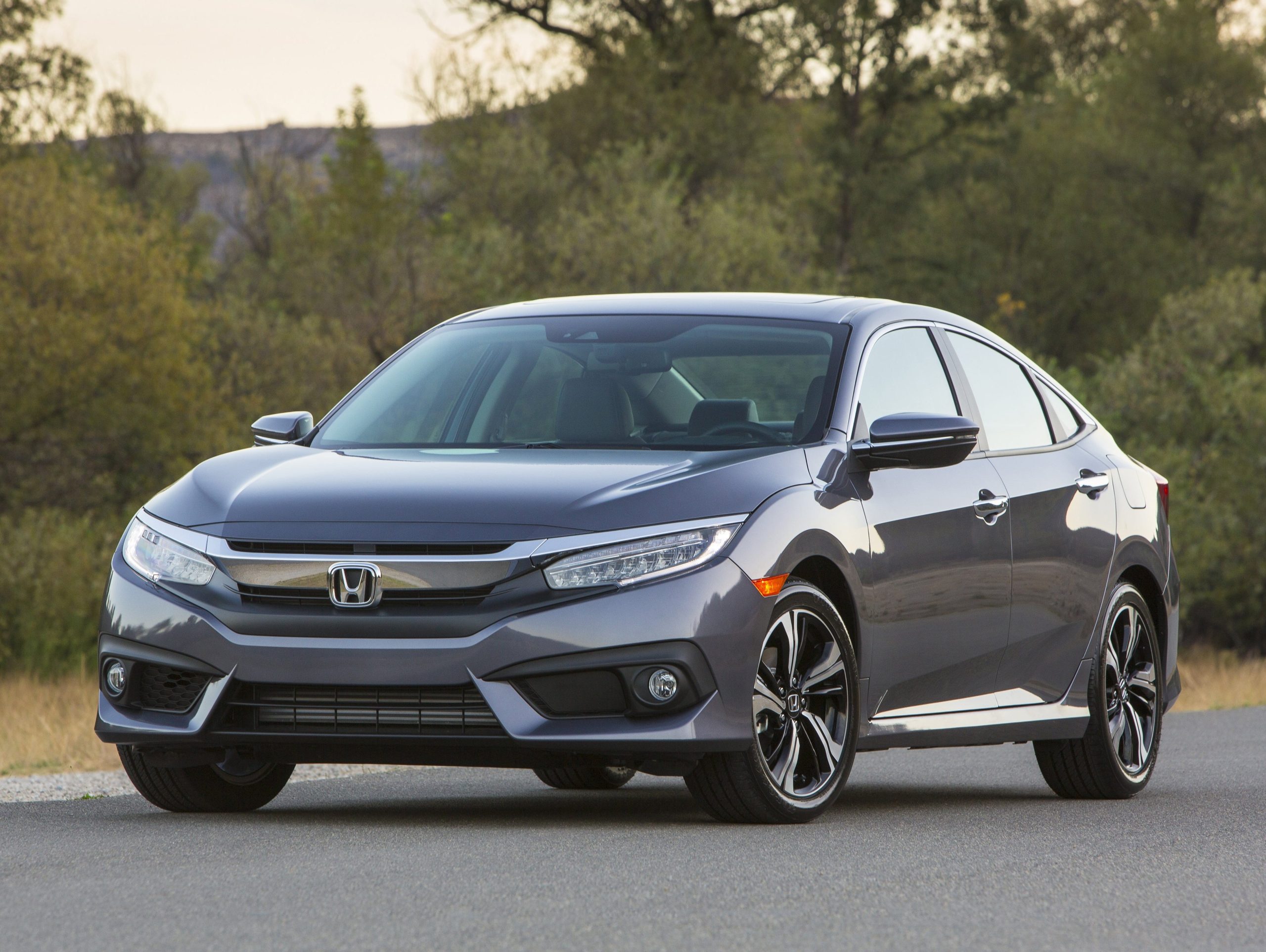
Thanks to its attention to rust prevention, Honda Civic owners can enjoy peace of mind knowing that their car will maintain its appearance and structural integrity for years to come.
3. Subaru Outback
For those who live in areas with heavy snow or near coastal regions, the Subaru Outback is an excellent choice.
This rugged wagon is designed to handle challenging weather conditions, and part of that durability comes from its rust-resistant construction. Subaru uses a combination of high-strength steel and corrosion-resistant coatings to protect the Outback from rust.
The Outback is especially popular in regions with cold winters and high salt usage on the roads, as its underbody is specially treated to resist corrosion.
Subaru’s dedication to building cars that can withstand the elements is evident in the Outback, which has become a go-to choice for drivers who need a vehicle that can perform in all kinds of weather.
Additionally, Subaru’s attention to rust resistance extends beyond the vehicle’s body. Many Outback models feature rust-proof treatments applied to key areas, including the suspension and wheel wells.
This comprehensive approach ensures that the Subaru Outback stays rust-free longer than many other vehicles in its class.
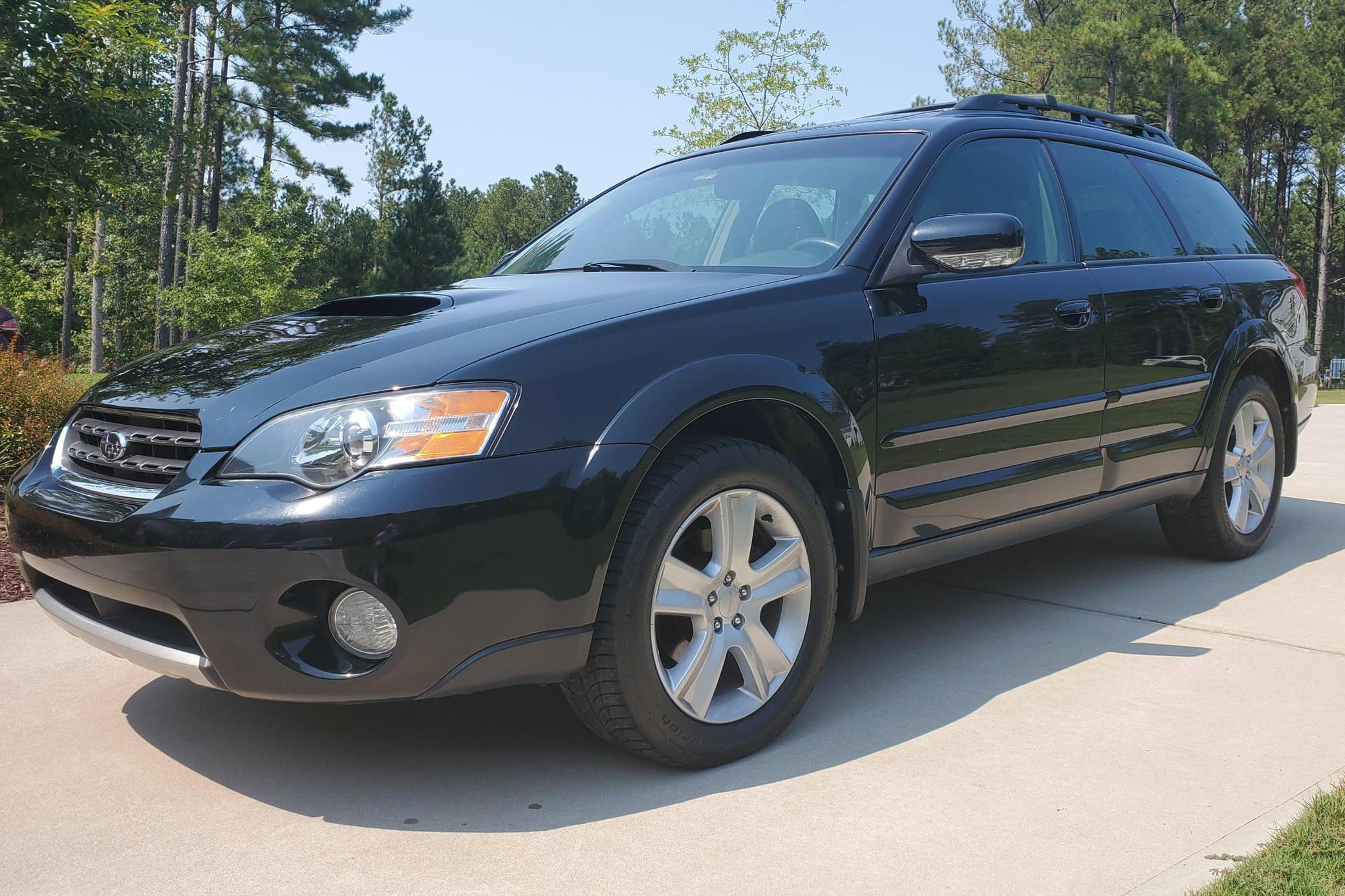
With its durability and weather-resistant features, the Outback remains a top contender for those seeking a reliable vehicle that will last through harsh winters and damp coastal conditions without the worry of rust.
4. Mazda3
The Mazda3 is another car that’s built to endure the elements, and it does so with impressive rust resistance. Mazda uses advanced coatings and rust-proofing treatments on the Mazda3 to keep corrosion at bay.
These measures ensure that the Mazda3 can withstand the moisture and salt exposure often found on winter roads or in coastal areas.
Mazda’s engineering focus on durability and corrosion resistance makes the Mazda3 a standout choice for drivers looking for a compact car that will stay rust-free for years.
The company uses galvanized steel for the body panels, which helps to prevent rust from forming over time. Additionally, the Mazda3 is treated with undercoating and other protective coatings to guard against environmental damage.
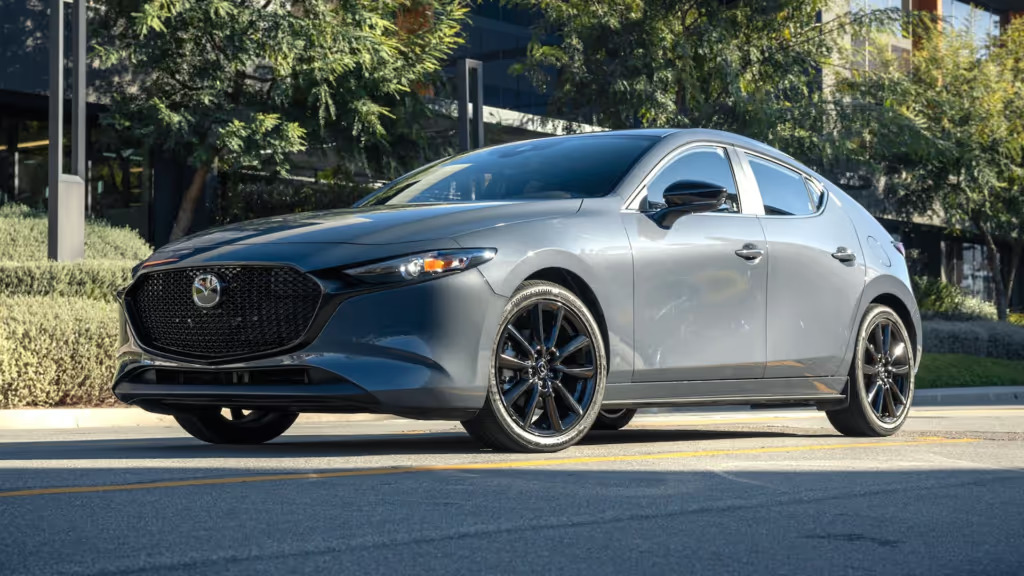
Another factor contributing to the Mazda3’s resistance to rust is its overall build quality. With a reputation for being well-built and reliable, the Mazda3 maintains its structural integrity and appearance longer than many other compact vehicles.
Whether driving through snow, rain, or high humidity, the Mazda3 offers strong protection against rust, keeping it looking fresh for longer.
If you’re looking for a car that offers both excellent performance and long-lasting protection against rust, the Mazda3 is a great option to consider.
5. Lexus RX
The Lexus RX is a luxury SUV that combines elegance, performance, and durability. One of the standout features of the RX is its exceptional resistance to rust.
Lexus uses high-quality materials such as rust-resistant steel and aluminum, which help to protect the vehicle’s body from corrosion.
Additionally, the RX comes with rust-proof undercoating and coatings that are designed to withstand the elements, making it a top contender in terms of rust resistance.
This luxury SUV is perfect for those who live in areas with severe weather conditions, including heavy snow and coastal humidity.
Its construction and materials ensure that the Lexus RX remains rust-free, even when exposed to road salt and moisture over time.
Owners of the RX often report that it holds up incredibly well, maintaining its appearance and structural integrity for many years.
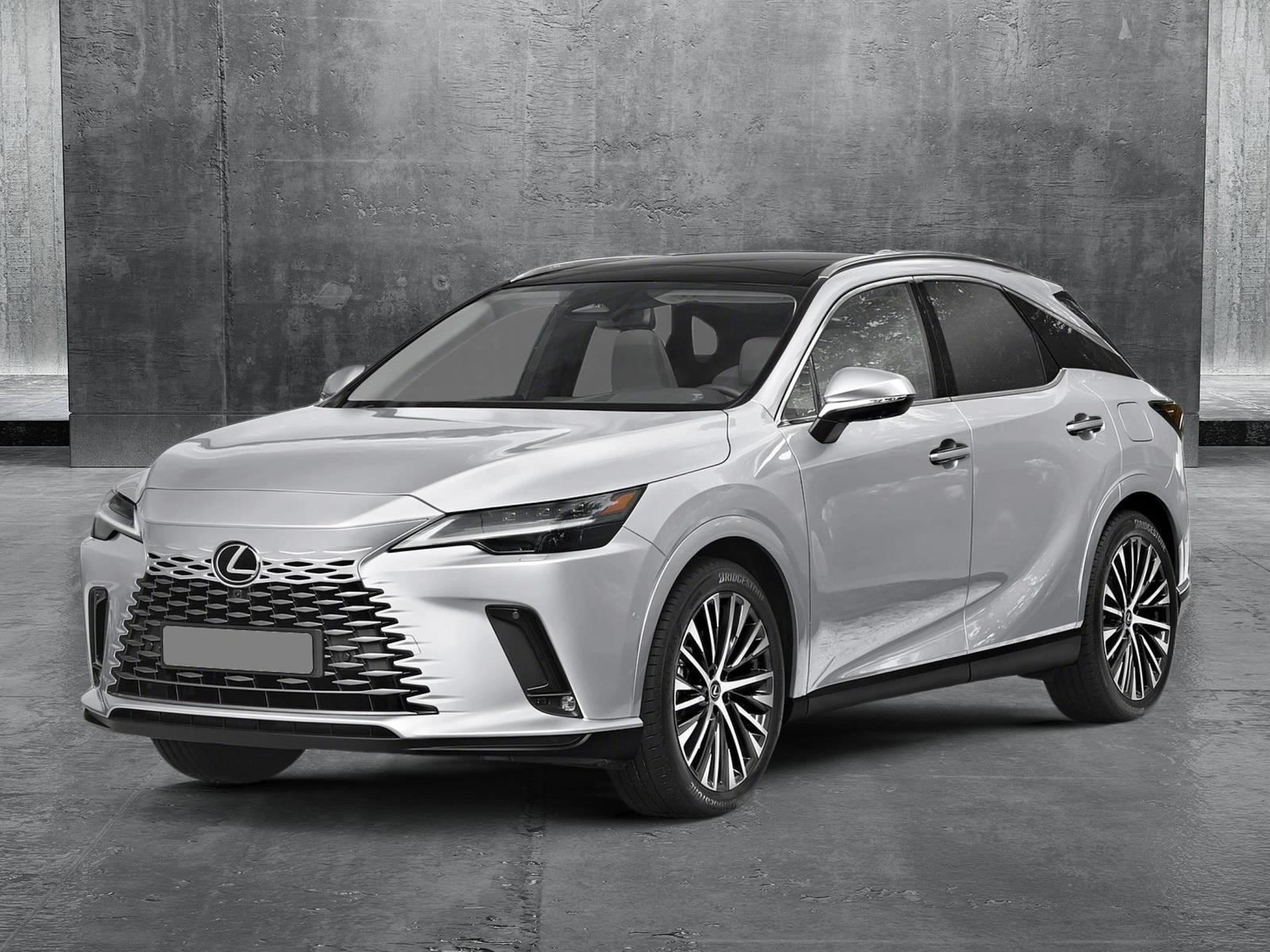
Moreover, Lexus’s focus on quality and longevity ensures that the RX is not just rust-resistant, but also built for long-term reliability. Its blend of luxury features and rust-resistant construction makes the RX a great choice for anyone who wants a high-end vehicle that will stand the test of time.
5 That Corrode Fast
Rust and corrosion are persistent problems for car owners, especially in regions where vehicles are exposed to harsh elements like road salt, humidity, or coastal air.
While some cars are designed with rust-resistant materials and advanced protective coatings, others struggle to maintain their integrity when faced with these challenges.
Over time, exposure to moisture and salt can cause parts of a vehicle to weaken, leading to costly repairs and a significant decrease in lifespan.
Certain car models are more vulnerable to corrosion than others, often due to factors like inferior build materials, lack of proper rust-proofing, or design flaws that leave parts of the car exposed to moisture.
For drivers living in climates with severe winters, where salt is used on roads, or in coastal areas with salty air, the risk of rust becomes even more pronounced. Even in areas with milder climates, rust can begin to form on cars that aren’t properly cared for or those lacking the right protective features.
Corrosion typically starts in areas such as the undercarriage, wheel wells, and door sills, where water and salt can accumulate. If left untreated, rust can spread quickly, damaging not only the vehicle’s appearance but also its structure and performance.
In some cases, this can even lead to safety issues if important parts of the car weaken over time. In this section, we’ll focus on 5 cars that corrode fast, highlighting models that have earned a reputation for being especially prone to rust.
Knowing which vehicles are most susceptible to corrosion can help you take preventive measures, or at the very least, prepare for what might be an ongoing issue.
1. Ford Focus
The Ford Focus has been a staple in the compact car category, known for its affordability and practicality. However, it has a reputation for rusting quickly, especially in older models.
This corrosion issue typically affects areas such as the wheel wells, undercarriage, and door sills. Early models, particularly those produced between the late 1990s and early 2010s, were notorious for rusting faster than expected.
The problem was exacerbated in regions where road salt was used during the winter or in coastal areas where salty air speeds up the corrosion process.
One of the primary reasons behind the Ford Focus’ susceptibility to rust is the use of lower-quality steel and limited rust protection in some models. Despite being a reliable vehicle in terms of performance, its lack of effective rust-proofing makes it more vulnerable to corrosion.

Owners of older Focus models often report rust spots appearing as early as five years of ownership. This can be an expensive problem to address, as repairing rust on critical components like the undercarriage can require professional attention.
If you’re considering a used Ford Focus, especially a model from the 2000s or early 2010s, be prepared to deal with rust issues, particularly if you’re located in a region with harsh winters or high humidity.
Regular maintenance and undercarriage washing to remove road salt can help, but rust can still be an ongoing concern.
2. Chevrolet Malibu
The Chevrolet Malibu is a popular midsize sedan, known for its comfort and fuel efficiency. However, it also has a history of rusting more quickly than many of its competitors, particularly in models built in the 2000s and early 2010s.
Many owners have reported corrosion issues in areas like the wheel wells, undercarriage, and lower doors. This issue is most noticeable in regions where road salt is commonly used in winter, or near the coast where salt from the air accelerates the rusting process.
The Chevrolet Malibu’s rust issues are largely due to the materials used in its construction. Older Malibu models were built with steel that was more prone to corrosion, and rust protection measures weren’t as robust as those found in some other vehicles from the same era.
As a result, owners of these cars often notice rust appearing on the body and undercarriage as early as five years into ownership.
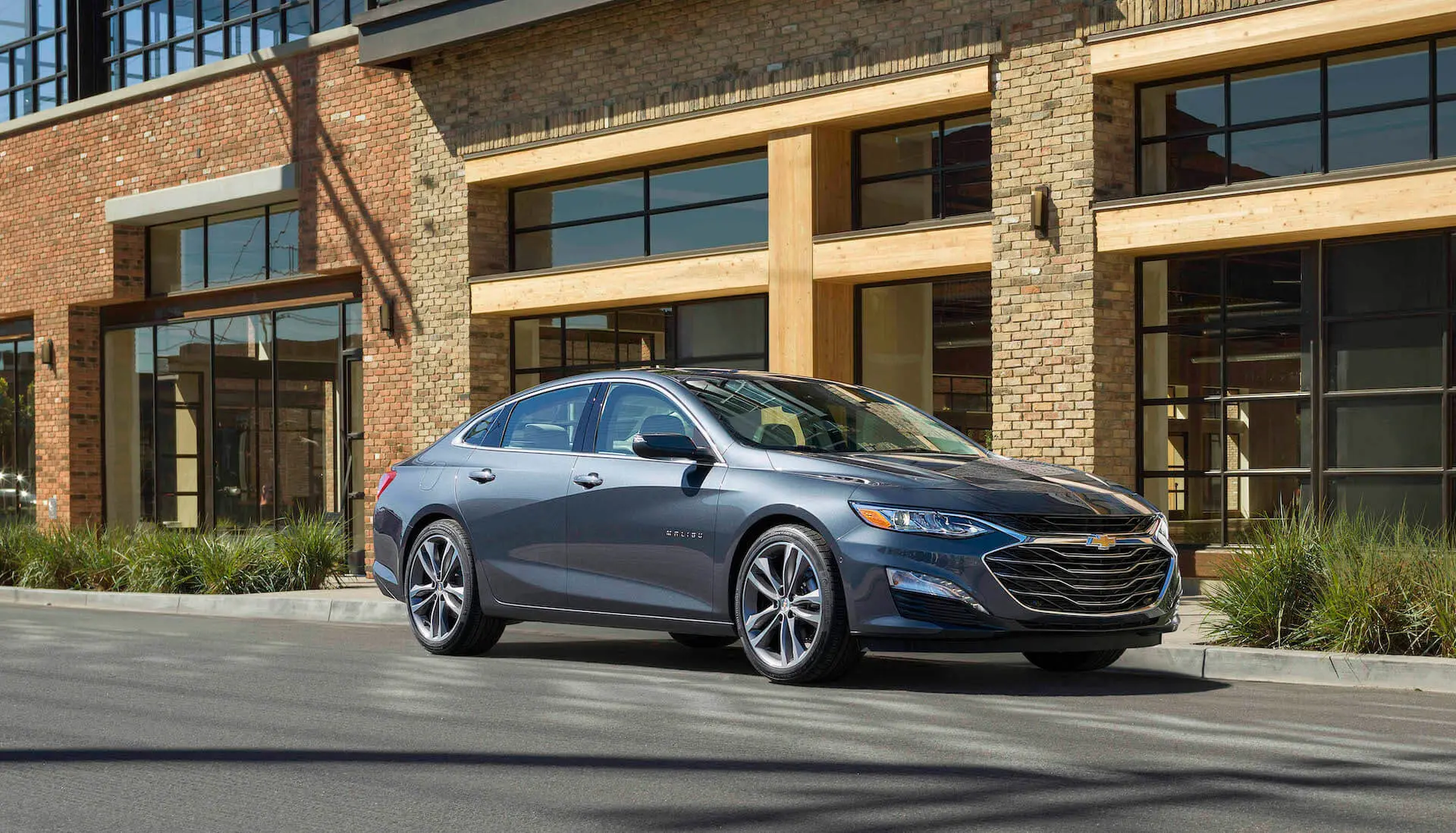
For those living in regions with harsh winters or high humidity, the Chevrolet Malibu may not be the most reliable choice in terms of rust resistance. Rust can spread quickly on the body and undercarriage, leading to expensive repairs and potential safety concerns.
3. Nissan Sentra
The Nissan Sentra is a compact sedan that has earned a reputation for being affordable and practical. However, it also suffers from rust issues, particularly in older models.
Rust tends to appear around the wheel wells, undercarriage, and door panels, especially in regions with salty roads or high humidity.
The problem is most pronounced in older Sentra models, especially those made between the early 2000s and 2010s.
The Nissan Sentra’s vulnerability to corrosion is largely due to its construction and materials. Earlier models were not as well-equipped with rust protection as newer models, leaving them more susceptible to moisture.
As a result, many owners report that rust begins to appear as early as four years into ownership, often affecting critical areas like the undercarriage and rear wheel wells.
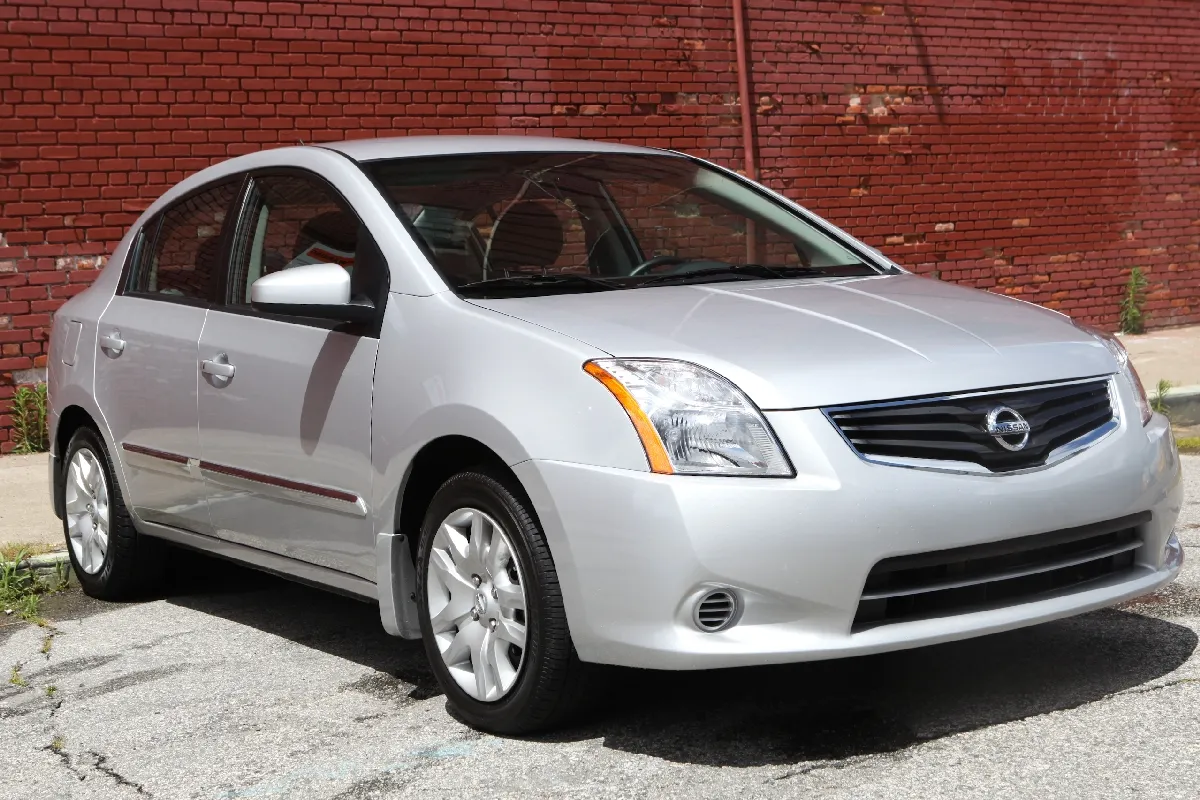
If you live in an area with harsh winters or proximity to the coast, it’s important to be aware of the Nissan Sentra’s potential for rust. Regular maintenance, such as washing the undercarriage to remove salt buildup, can help slow down the process, but rust issues may still arise earlier than expected.
4. Chrysler 200
The Chrysler 200 is a midsize sedan that has received mixed reviews over the years. One of the most common complaints from owners is the car’s tendency to corrode quickly.
The Chrysler 200 is especially prone to rust on the undercarriage, wheel wells, and doors. This issue is more prevalent in older models, particularly those produced between the early 2010s and 2014.
The Chrysler 200’s rust problems are primarily caused by a lack of effective rust protection and the use of lower-quality materials in earlier models. The car’s undercarriage is particularly vulnerable to rust, which can spread quickly if not addressed.
Owners of the Chrysler 200 often report seeing rust within a few years of ownership, especially in regions that experience heavy snowfall or coastal salt exposure.
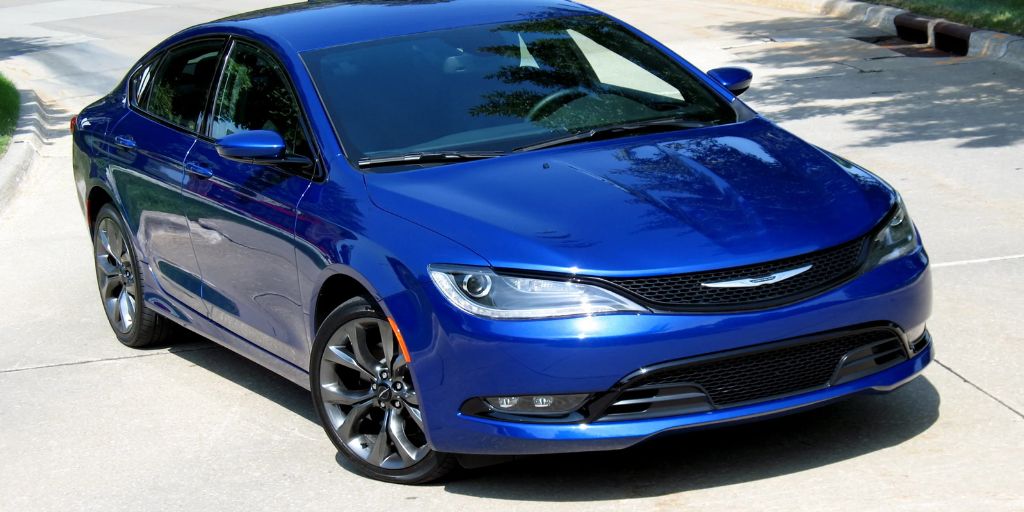
If you’re considering purchasing a used Chrysler 200, be cautious about its rust resistance. This car may require extra care and maintenance, such as regular rustproofing treatments, especially if you live in an area with harsh weather conditions.
5. Dodge Dart
The Dodge Dart, a compact sedan that was reintroduced in 2013, is another vehicle that is prone to rust. Owners have reported corrosion developing on the undercarriage, wheel wells, and lower body panels, often within the first few years of ownership.
This problem has been particularly evident in models produced between 2013 and 2016, which were built with materials that are less resistant to rust than some of their competitors.
One of the main reasons the Dodge Dart suffers from rust is its design and materials used in the construction.
Despite its modern appearance and performance features, the car lacks adequate rust protection, especially on parts that are exposed to moisture and salt.
In coastal regions or areas with severe winter conditions, the Dodge Dart may corrode quickly, leading to expensive repairs.
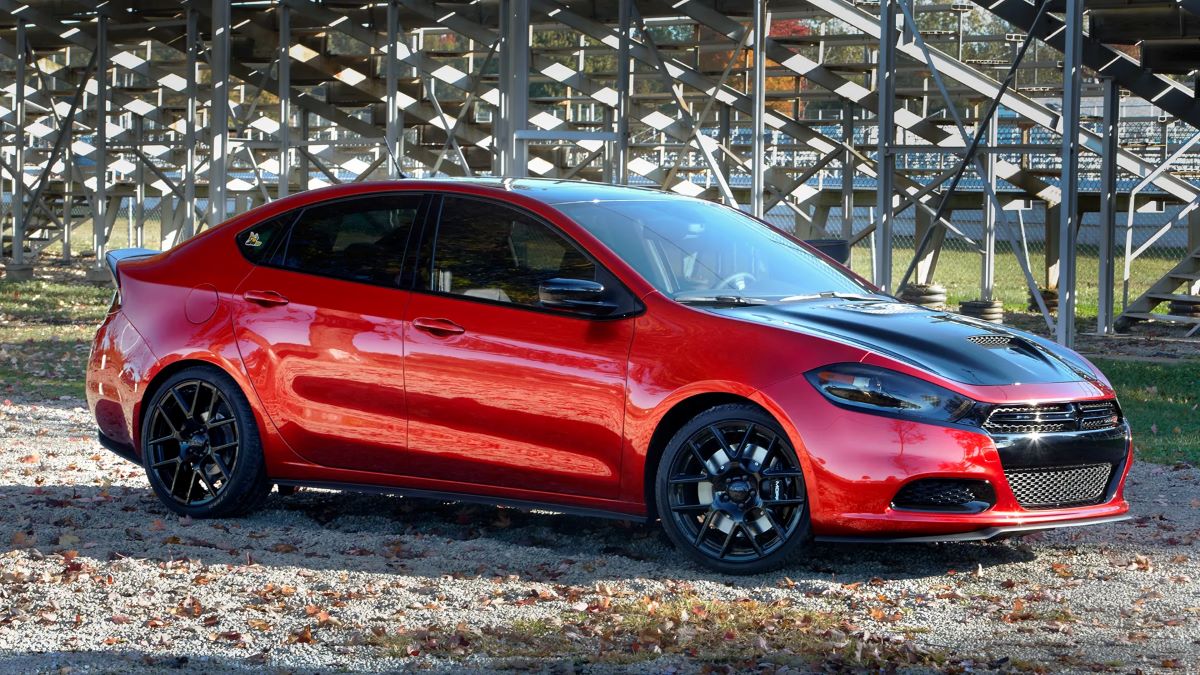
If you’re considering a used Dodge Dart, be aware that rust may be an ongoing issue, particularly in regions where salt is used on roads or in coastal climates.
Regular washing of the undercarriage and rustproofing treatments can help, but this car still faces a higher risk of corrosion compared to others in its class
When it comes to buying a car, longevity is often a key factor to consider. Rust and corrosion can significantly affect a vehicle’s lifespan, driving performance, and resale value.
The ability of a car to stay rust-free is crucial for long-term reliability, while cars that corrode quickly may lead to constant maintenance issues, safety concerns, and costly repairs.
Understanding the tendencies of various models to either resist or succumb to rust can help you make a more informed decision when purchasing a vehicle.
The cars that are able to resist rust, such as the Toyota Corolla and the Honda Civic, have earned a reputation for being built with durable materials and protective coatings.
These vehicles are often praised for their longevity, with owners reporting minimal rust issues even after years of use.
Whether it’s due to higher-quality steel, meticulous construction, or a factory rust-proofing treatment, these cars consistently outperform others when it comes to corrosion resistance.
For buyers looking for a vehicle that will stand the test of time without worrying about rust, these models offer peace of mind and lower overall maintenance costs.
On the flip side, vehicles like the Ford Focus, Chevrolet Malibu, and Nissan Sentra are more prone to fast corrosion.
These cars often suffer from issues like rust appearing early in the life of the vehicle, particularly in regions with harsh winters or high humidity.
While they may offer other advantages, like affordability and reliability, the risk of rust can be a significant downside.
Rust tends to appear in the undercarriage, wheel wells, and door sills, making these areas particularly vulnerable. Buyers should be prepared for the possibility of dealing with rust-related repairs, especially if they live in climates where corrosion is accelerated by factors like road salt or salty air.
Ultimately, the choice between a rust-resistant vehicle and one that is more susceptible to corrosion comes down to how much effort and money you’re willing to invest in maintenance and repairs.
Cars that stay rust-free tend to require fewer ongoing expenses and offer a longer, trouble-free lifespan.
In contrast, cars that corrode quickly can lead to frequent repairs, which may offset any initial savings on the purchase price.
Whether you prioritize a low-maintenance car or are ready to take on the challenges of corrosion, understanding a car’s susceptibility to rust is crucial in making a decision that best suits your needs.
Also Read: 5 Cars That Survive Road Trips and 5 That You’ll Regret Taking

